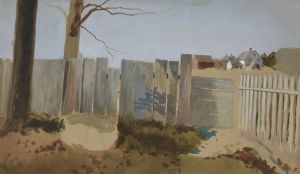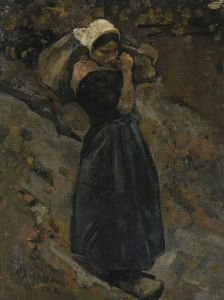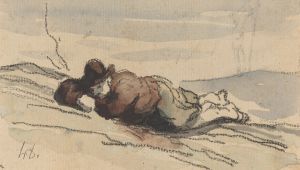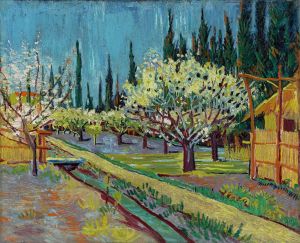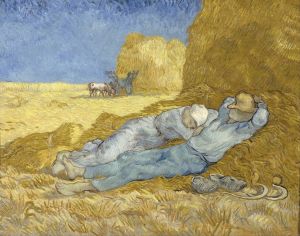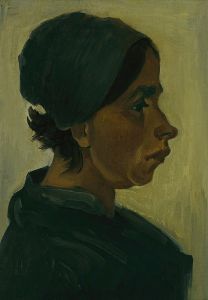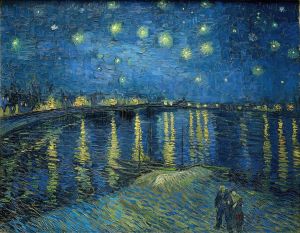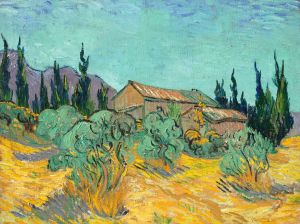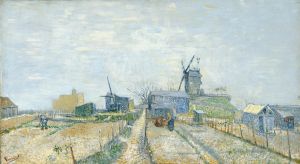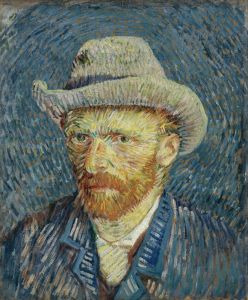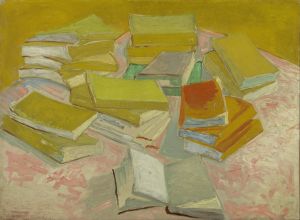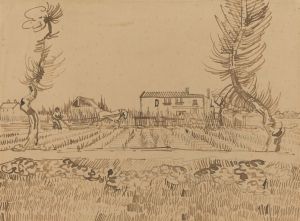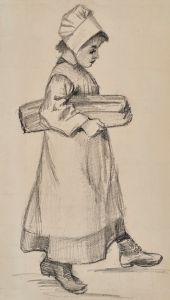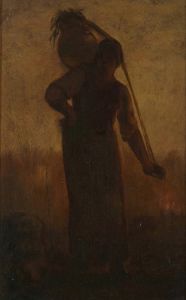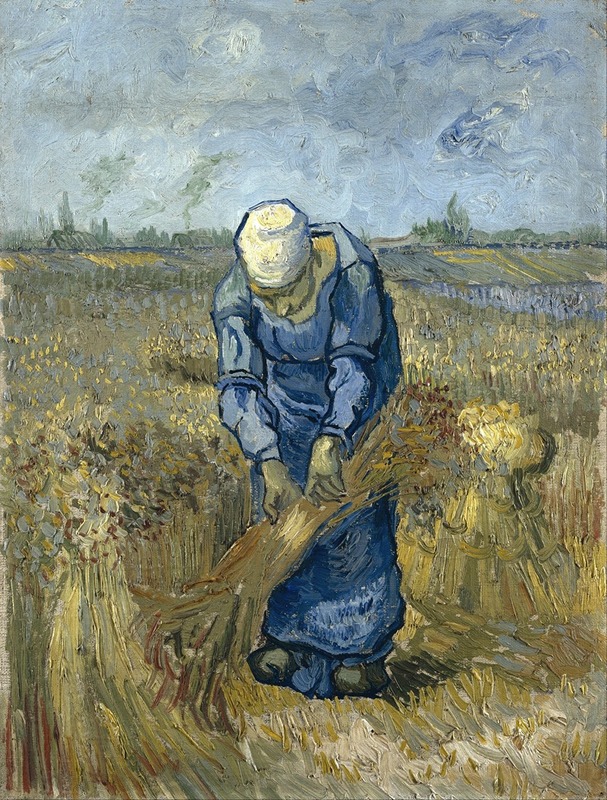
Peasant Woman Binding Sheaves
A hand-painted replica of Vincent van Gogh’s masterpiece Peasant Woman Binding Sheaves, meticulously crafted by professional artists to capture the true essence of the original. Each piece is created with museum-quality canvas and rare mineral pigments, carefully painted by experienced artists with delicate brushstrokes and rich, layered colors to perfectly recreate the texture of the original artwork. Unlike machine-printed reproductions, this hand-painted version brings the painting to life, infused with the artist’s emotions and skill in every stroke. Whether for personal collection or home decoration, it instantly elevates the artistic atmosphere of any space.
"Peasant Woman Binding Sheaves" is an oil painting created by the Dutch post-impressionist artist Vincent van Gogh. This artwork is part of a series of paintings and drawings that van Gogh produced during his time in the southern Netherlands and later in France, focusing on rural life and the labor of peasants.
Vincent van Gogh was born on March 30, 1853, in Zundert, Netherlands. He is one of the most famous and influential figures in Western art history, known for his expressive and emotive use of color and brushwork. Van Gogh's career as an artist was relatively short, spanning just over a decade from 1880 until his death in 1890. Despite his struggles with mental health and financial difficulties, he produced more than 2,000 artworks, including about 860 oil paintings.
"Peasant Woman Binding Sheaves" was painted in 1889, during van Gogh's stay at the Saint-Paul-de-Mausole asylum in Saint-Rémy-de-Provence, France. This period was marked by intense productivity and some of his most famous works, including "The Starry Night" and "Irises." The painting depicts a peasant woman in the act of binding sheaves of wheat, a common agricultural activity. The subject reflects van Gogh's deep admiration for the hardworking rural populace and his interest in their daily lives.
The composition of "Peasant Woman Binding Sheaves" is characterized by van Gogh's distinctive style, with bold, dynamic brushstrokes and a vibrant color palette. The figure of the woman is rendered with a sense of movement and energy, capturing the physicality of her labor. The background features the golden hues of the wheat field, contrasting with the blue tones of the sky, creating a harmonious yet striking visual effect.
Van Gogh's choice of subject matter and his approach to depicting rural life were influenced by his admiration for earlier artists such as Jean-François Millet, who also focused on peasant themes. Van Gogh saw a nobility and dignity in the simple, hardworking lives of peasants, and he sought to convey this in his art.
"Peasant Woman Binding Sheaves" is part of the collection of the Kröller-Müller Museum in Otterlo, Netherlands. The museum houses one of the largest collections of van Gogh's works, providing valuable insight into his artistic development and the themes that preoccupied him throughout his career.
Van Gogh's legacy as an artist has grown significantly since his death. Although he sold only a few paintings during his lifetime, his work has since gained widespread recognition and acclaim. Today, he is celebrated as a pioneer of modern art, and his paintings are among the most sought-after and valuable in the world.
In summary, "Peasant Woman Binding Sheaves" exemplifies Vincent van Gogh's dedication to portraying the lives of rural workers with empathy and vigor. The painting stands as a testament to his unique artistic vision and his ability to find beauty and meaning in everyday scenes.





